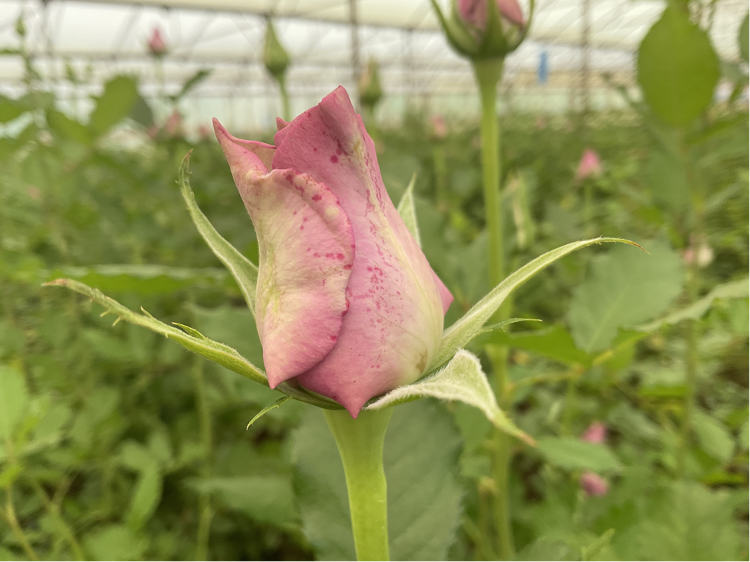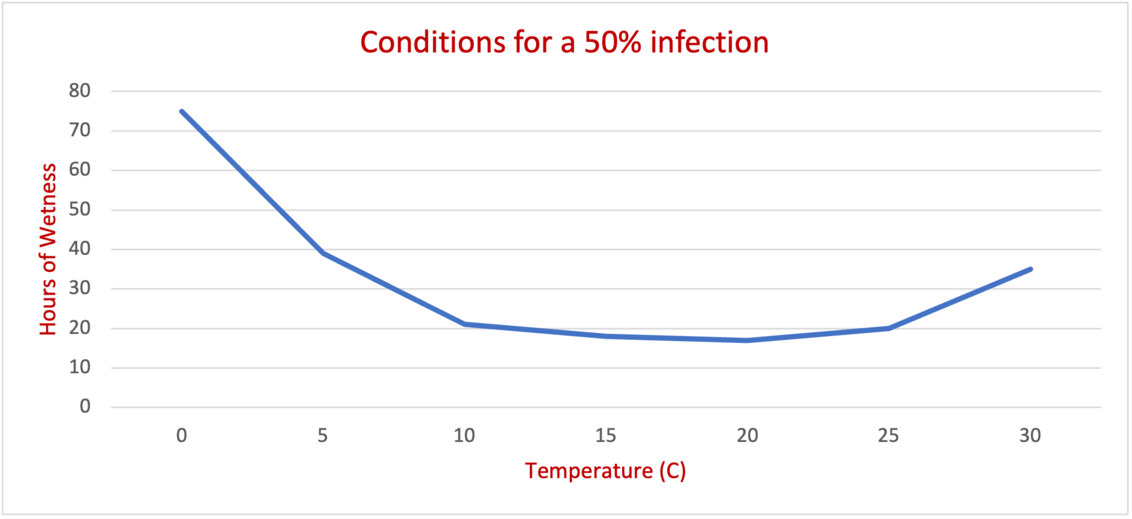Botrytis Management Strategies: Preparing for El Nino and Ensuring Quality Crop Protection.
The short rains are almost here! El Nino is around the corner! This may be good news for growers who are facing challenges of water availability. But to others, the mention of El Nino sends chills down the spine- the fear of botrytis! With the high season in sight, cut-flower growers are expecting to have a good harvest. The worst that can happen is to have weather-related crop losses.
What is the problem?
The real issue is not about El Nino or the lack of it but about preparedness. Preparedness to minimize or avoid losses due to botrytis - a polymorphic pathogen! Botrytis infections occur throughout the supply chain and may remain latent until produce is at the retail outlets. How would you feel if you were to receive a CAR (corrective action request) from clients thousands of miles away?
As a seasoned grower, do you have a botrytis management strategy? Botrytis strategy at best is about growing and caring for crops with the aim of stopping botrytis infection. It ensures consistency in delivering quality and botrytis-free flowers up to the vase. Botrytis control strategy is about anticipation, planning, and precise execution.

Manifestation of early symptoms of Botrytis.
Anticipation: What is the Probability and Severity of Botrytis occurrence?
Broome’s botrytis model based on periods of wetness and temperatures estimates the chances and the risk of botrytis infection. It's expected that with rains, the weather will be overcast leading to excessive moisture and high relative humidity which are key drivers for botrytis infection in greenhouses as well as in the open field. The model suggests that incidents of infection increase with increased wetness duration, and exposure to wetness for only four hours is enough to trigger botrytis infection at temperatures between 120C - 300C (Broome, English, et al,1995).
It's paramount for seasoned growers to anticipate the effects of high-intensity and prolonged rainy season on the severity of botrytis infection. Understanding the correlation between field infection on different plant parts and the incidence of botrytis in post-harvest is critical. Another intriguing fact about botrytis infection is its association with insects. Insect pests like thrips may play a very prominent role in botrytis outbreaks in the field extending to post-harvest. Anticipating outbreaks and planning for thrips control is a critical control point for botrytis management during the rainy season.
Botrytis pathogen is capable of infecting plant tissues through injuries caused in the field and subsequent handling. The severity of post-harvest botrytis depends on disease management and post-harvest practices. Post-harvest bruises are a precursor for botrytis infection.
Illustration of wetness duration and Temperature on b.cinerea infection on roses.

Botrytis Management Planning
Planning is about making the right choices. Choices about fungicides efficacy, performance, reliability, and consistency. It is about cost-effectiveness and value addition. Classify fungicides into three categories: preventatives, low-pressure, and high disease pressure category. Align each category with anticipated disease severity.
Multisite fungicides such as Daconil are mostly protectants and limit workarounds by fungi forming key components of sustainable botrytis management. Single-site fungicides like Chorus® target a single stage in botrytis development and double sites like Switch® are effective under high and continuous disease pressure.
It is essential to maintain humidity in the greenhouses at below-optimum levels for botrytis development. Plan spray schedule such that the crop doesn’t remain wet for long periods of time after pesticide application. At the pack house operations need to be synchronized and seamless to avoid damage on the flowers as well as reduce the holding period prior to and after grading.
Through historical records, develop trends on varieties that appear more sensitive to botrytis in the field and packhouse. Such varieties should be given priority in handling and grading to reduce damage and exposure to botrytis infection.
Execution: Choice of fungicides
Fungicides reduce and control disease occurrence. However, good coverage is essential for effective fungicide performance. Repeat applications of fungicides may be necessary depending on disease severity and prevailing weather conditions.
Two pathways are essential for the development of botrytis cinerea- the cAMP-dependent and Mitogen-activated protein kinase (MAPK) signal transduction pathways which are crucial for cell morphogenesis, differentiation, and pathogen interactions. cAMP pathway is involved in sensing nutrients, fungal growth, conidiation and spore germination, and virulence of botrytis. Switch® with two active ingredients acts on this pathway halting botrytis from progressing. An effective botrytis management program should incorporate products with fludioxonil which interferes with pathogen-host interactions thus limiting infection by blocking spore germination.
Botrytis program.
Control of post-harvest botrytis relies mainly on the pre-harvest application of fungicides aimed at reducing and halting inoculum growth and development. A wholesome approach to incorporating crop management practices such as de-blooming, and timely thinning to improve aeration complements the effectiveness of fungicides. Hygiene, for instance, is key to a successful botrytis control strategy.
Incorporating Switch®, acting on target sites D1 and E2, into the spray program deploys both the systemic activity of Cyprodinil, and the contact and residual properties of Fludioxonil, making it a powerful tool in the resistance management program. It is advisable to rotate fungicides based on the mode of action. Fungicide target sites C2, C3, and F6 are also essential components of the effective botrytis control strategy.
Proper and timely sanitation, good cultural control practices in addition to proper choice of fungicides guarantee sustainable botrytis control even in high rainfall and El Nino conditions. For further in-depth advice on botrytis management and other crop protection issues reach out to our teams through the contacts on the website.
Ref:
Broome, J. C., English, J. T. Marois, J. J., Latorre, B. A. and Aviles, J. C. (1995). Development of an Infection Model for Botrytis Bunch Rot of Grapes Based on Wetness Duration and Temperature. Phytopathology 85: 97-102.